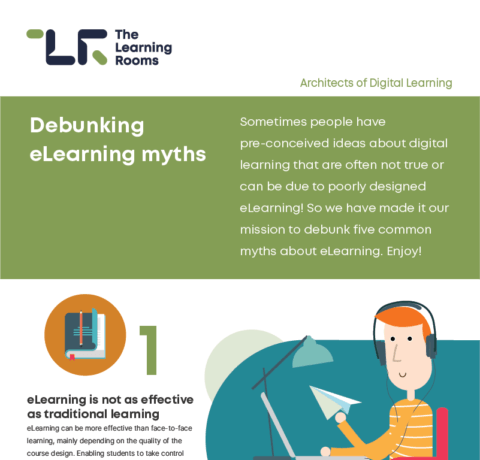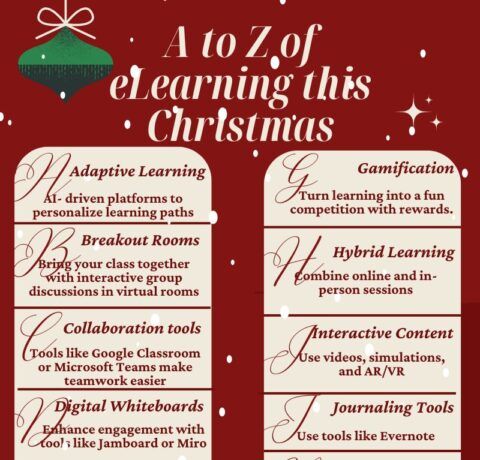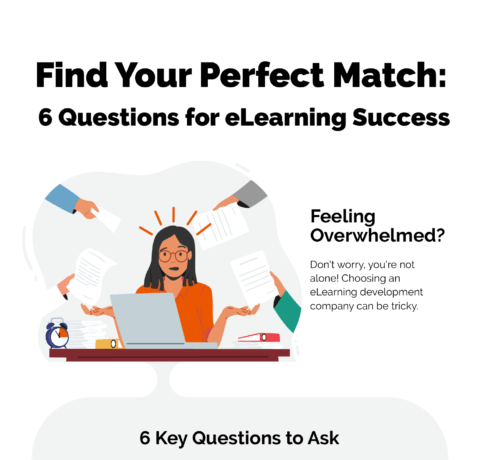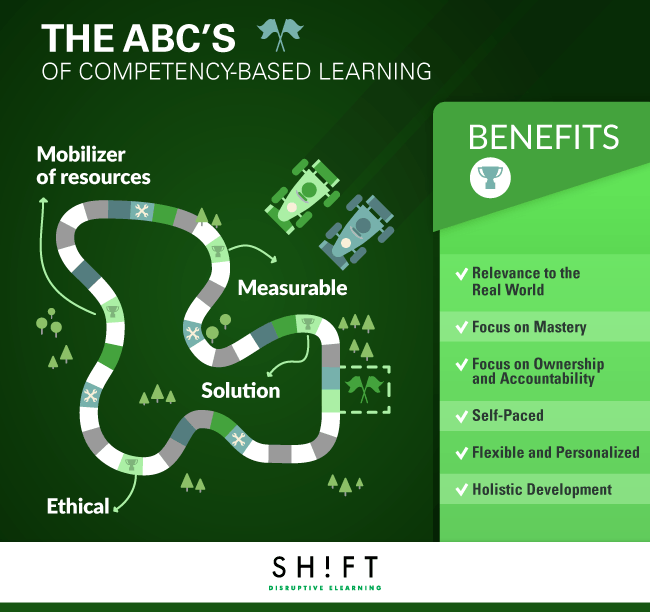The ABC’s of Competency-Based eLearning Infographic
The ABC’s of Competency-Based eLearning outlines the whys and the wherefores of competency-based learning.
What is a Competence?
Competency is:
- Measurable. You can measure the levels of skill of two individuals based on their performances on similar tasks using identical tools.
- A solution. You will want to have a competent person as an employee because he is more likely to “apply” his knowledge and solve real-world problems than a person who knows theories, definitions, and concepts by heart and but NOT what to do with his knowledge.
- A mobilizer of resources. The competent person not only has the knowledge to do a job and troubleshoot problems but also possesses the skills and the attitudes to apply his learning in the real world.
- Ethical. A competent person does not resort to unethical means to get a job done. He relies on his knowledge and the ability to apply his knowledge to do a job.
What is Competency-based Learning?
Competency-based learning lets learners move through a course at their own pace. The course delivers new learning based on previous test scores. The focus is NOT on completing a training program within a specific time. Competency-based training ensures that the learner has attained the required degree of mastery in some subject before he moves to a higher level of learning where he will have to build on his prior knowledge. This makes learning most effective because it leaves no skill gaps.
What are the Benefits of Competency-Based Learning?
The many benefits of competency-based learning include:
- Relevance to the Real World: Because its focus is on a practical application of the knowledge acquired, competency-based learning is relevant to the real world.
- Focus on Mastery: The peculiar nature of competency-based learning is that here learners are not allowed to move on to the next level of learning till they have demonstrated mastery of certain skills.
- Focus on Ownership and Accountability: Competency-based training programs compel learners to take charge of their learning experiences. Learners can take programs based on their knowledge levels and skills. This creates a collaborative environment where learners feel supported and hence, motivated to learn.
- Self-Paced: Modularization of learning imparts flexibility to the course and lets learners pace it according to their needs or based on how they have scored on the assessments. This gives a sense of being in control, a feeling that appeals to the adult corporate learner.
- Flexible and Personalized: Modularization also enables flexibility and personalization. You can deviate from the linear structure of a conventional eLearning course, deconstruct the learning, and allow learners to access the instructional modules in a non-linear way according to the level of mastery they have attained. This creates personalized learning experiences that make a program more effective.
- Holistic Development: The learner learns how to acquire knowledge and apply it to solve real-world problems. He also develops the attitudes—proactively seeking knowledge and being motivated to develop one’s skills—needed along with the theoretical knowledge to get by in the real world.
View also:
- Traditional Learning vs Competency-Based Learning Infographic
- The Guide to Competency Based Education Infographic
- How Competency-Based Education is Changing Mainstream Learning Infographic
- Competency-based Teacher Infographic







You can adjust your cookie preferences here.